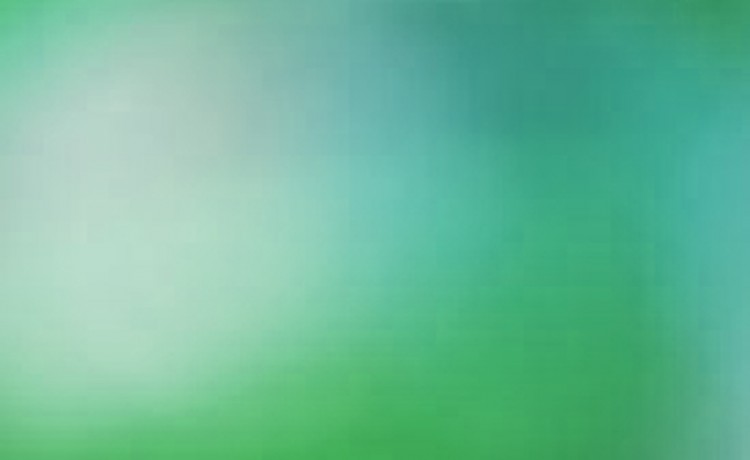
Open Heart
By Stephanie Livaccari, March, 2012
In yoga class we often talk about the benefits of having an “open heart” —in fact, there is an entire category of postures called “heart openers” to help us achieve this goal. We lift into setu bandha, twist in uttitha parsakonasana, and drop back into urdhva dhanurasana, not only to create more space in the cavity of the chest, but also to uncover a little part of that mysterious, seductive engine that lies at our core. We do this voluntarily because an “open heart” is something we strive for. But what if, quite literally, your heart was “opened”?
In late December, my father had open-heart surgery. The difference between these two ideas is obvious, one a metaphorical concept, the other a physical reality. But while they’re very different, they can both be quite terrifying. An open heart is exposed—at the mercy of the elements—whether at the hands of the surgeon, or at the mercy of the hardships and cruelties of daily living.
We like to know that the heart is buried and protected beneath mounds of muscle and tissue and bone. We’re happy piling on shirts, sweaters, and coats. But as we practice yoga, we begin to peel away these layers (or koshas), one after another. And as the layers drop away, we become increasingly sensitive: A sensitive heart can feel, and only by feeling can we become truly compassionate.
Well, the result of my father’s surgery is that they have installed a heart pump—a mechanical device that literally takes on the job of pumping blood throughout the body. The pump is internal, yet my father needs to be constantly connected to an external source of power, plugged into the wall at night and on rechargeable batteries during the day. This is indeed an amazing feat of medicine, and yet quite an unnerving idea; imagine having to rely on something outside of yourself to live. What if the electricity goes out?
But the reality is that we all are “plugged in.” We are all attached to certain things outside of ourselves from which we derive our power; we’re plugged into other people—partners, family, friends—to our career, to financial success. Yet these things are tenuous—money comes and goes, people come and go, the years come and go. So maybe we’re all just as vulnerable as my father.
Becoming aware of our vulnerabilities is ironically one of the strongest practices that yoga has to offer. Realizing that we don’t have the control we think we do is a great step towards practicing deeper empathy for ourselves and for others.
As February comes to a close and March begins, and we look ahead to the return of spring, it may be the perfect time to begin the process of “peeling away.” Begin with the coats and sweaters first. It’s an endlessly unfolding journey, this lifetime of exploration into unlocking the power and compassion that resides within us all.

